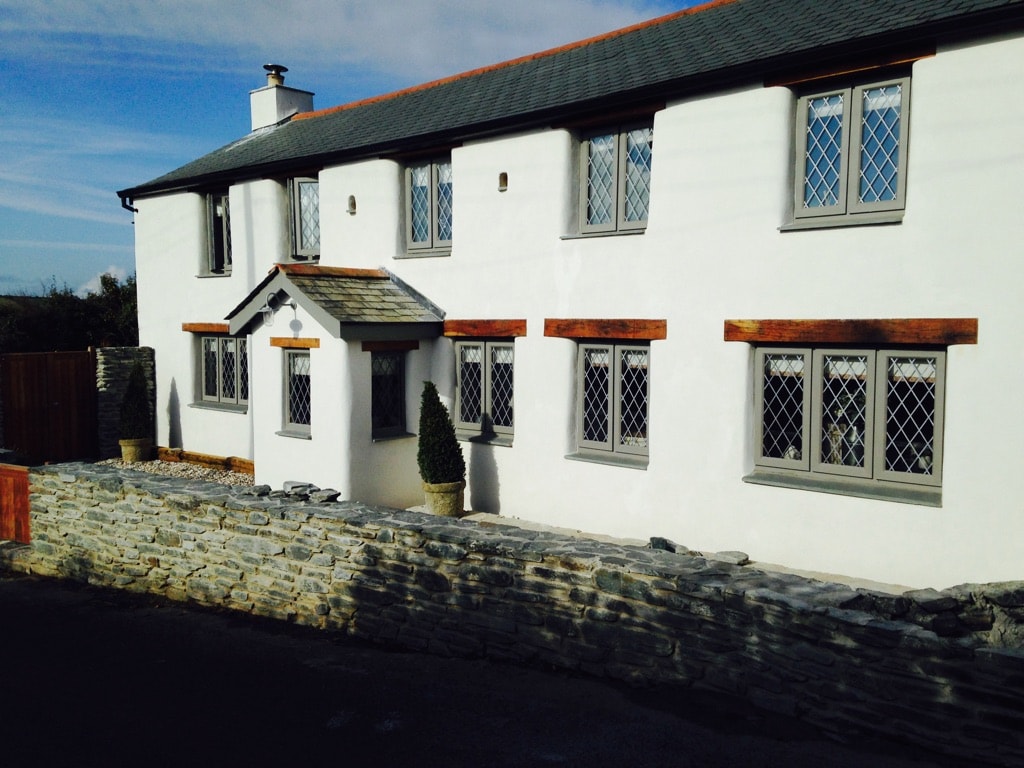Older buildings are fairly simple in construction, they usually comprise of thick and solid walls, with no cavity. The result of this construction method means that moisture will always be, in some form, present within the building fabric.
The original material (Lime Mortar made from Lime Putty) used to create these buildings were relatively simple too; they were softer than the host material (i.e. stone) and they allowed moisture to escape and not become trapped.
Damp is commonly found in older buildings. Up until recently it was (and unfortunately by some it still is) believed that the only way to eradicate this issue was to waterproof the entire building with a waterproof coating such as modern masonry paint or by injecting damp proof courses with the aim to stop water penetrating the building.
Whilst this offered a temporary solution it was and is still not the answer, with the majority of these applications ultimately failing.
To overcome this problem we use a ‘breathable’ paint commonly known is Limewash which consists of burnt limestone and water. When applied to a porous wall it soaks in, absorbs CO2 and reverts back to limestone. Limewash makes a superb internal and external coating and can be coloured using Pigments.
As a derivative of limewash we can also use Lime Paint which comes in a powder form ready to mix with water. Lime paint can be found in a wide range of different colours and although it contains around 3% acrylic to aid dusting and adhesion it still retains a low ‘SD value’ (Steam Difussion Value) and is highly suited to lime rendered buildings both internal and external. The lower the SD Value means that more moisture is able to pass through, the higher the SD Value, the lower the moisture transfer, and less moisture can pass through

